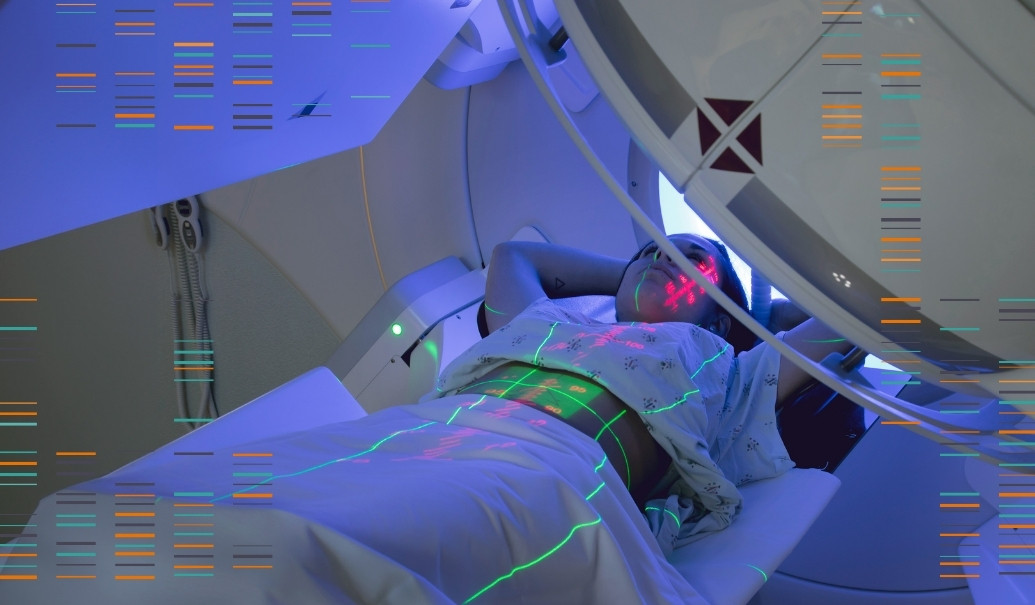For several years now, ZS has been running a customer experience report with oncologists in the U.S., and each year our clients have asked us to explore the impact and drivers of a positive customer experience in Europe, as well. In an online survey, which we fielded to 333 oncologists and hematologists across the EU5 (France, Germany, Italy, Spain and the U.K.), we asked physicians to rate their experiences with the top 18 oncology drug manufacturers. Our goal was to answer three questions facing all oncology manufacturers today. The results offer key insights into how companies can differentiate in this increasingly competitive landscape.
1. Can overall customer experience in the EU be improved? Yes. Only four of the 18 manufacturers we surveyed managed to deliver an overall positive Net Promoter Score. And one-third of manufacturers are delivering a clearly negative overall customer experience. The spread in performance across the EU5 countries was fairly profound. Overall, France was clearly the most negative, and Germany and Spain were the most positive. Eight of the 18 manufacturers had a least one country where they delivered a positive NPS score. This is good news. While there is clearly plenty of room for improvement, most companies have examples within their own organizations of how to deliver an improved customer experience.
One of the questions that we routinely hear when we talk about customer experience is, Does it really matter? Will this drive better brand performance? Our study found that positive NPS seems to have a fairly profound impact on both direct and indirect impact measures. Physicians who rated a company positively were 14% more likely to engage in in-person visits than physicians who rated the company negatively. This trend continued across all channels: Engaged customers were 40% more likely to engage over the phone, 25% were more likely to respond to an email, and 300% were more likely to engage with pharma in social media.
The impact extended to market share as well. Engaged customers of a company claim to prescribe 12% more of that company’s product than negative raters.
2. What are the driving factors behind a positive customer experience? We analyzed seven distinct factors that comprise customer experience: product, reputation, services, products, responsiveness, clinical trials and digital engagement. We then asked physicians to tell us how much each factor contributes to their experience with the company. Not surprisingly, “product” was listed as the most important factor by nearly a 2:1 ratio. However, by running a “derived importance” analysis where we correlated category scores with the overall score, “people” and “services” rose to the top of the list. These findings seem to corroborate an ongoing trend in oncology where having a good product is necessary for market entry but insufficient for competitive differentiation in highly competitive markets where it’s crucial that companies get the “people and services” aspect of customer experience right. Interestingly, these findings aligned very closely with our U.S. study showing the same underlying trend.
Across EU5 countries, oncology manufacturers struggled as a group. The only category where the industry registered a positive NPS score overall was in the “product” dimension. Given the amount of time that we’ve focused on selling product mechanism of action and clinical data, this probably isn’t surprising. The biggest opportunities to improve were in the “services,” “responsiveness” and “digital” categories.
3. How can oncology companies improve their customer experience in Europe? We analyzed the sub-factors related to each of the seven dimensions of customer experience and found that physicians simply want manufacturers to deliver on the basics. For the “people” dimension, having deep knowledge about the product seems to be table stakes, and to excel we simply need to listen. Half of the top 10 drivers and barriers speak directly to deep listening skills such as tailoring communication appropriately, responding quickly, and using time in an efficient manner. The other clear signal was that physicians enjoy the relationships that they’ve built with reps and MSLs, and don’t like when these are disrupted.
On the services side, the “keep it simple” theme continued. Physicians expect manufacturers to provide patient online and phone support, HCP phone support and early access programs. These concepts have been around for a very long time and yet physicians remain disappointed on the execution of these “basics.”
While a digital experience in isolation has relatively lower impact on the overall customer experience, we saw that a customer’s digital experience appears to support a positive in-person experience. Whether this relationship is driven by direct effects (such as increased rep access for digitally engaged customers) or indirect effects (like increased message frequency across multiple channels), this collaboration highlights the importance of delivering a holistic, connected experience across both in-person and digital channels.
What Can We Do About It?
There are a number of simple steps that manufacturers can take immediately to address the overall challenge of delivering an improved customer experience.
The first is to implement a real-time, closed-loop feedback mechanism for tracking and responding to customer needs. ZS has been working with many clients across Europe to design and implement these programs, and they have a dramatic effect. In one example, we worked with a general manager to implement an A/B test group where the “test” was cancelled after just three months because the “control” arm was falling so far behind.
Next, we recommend empowering the field force to execute relationship-driven selling. This requires providing training on how field teams can form deep, trusted relationships with their customers and approach their field calls with a “consultative” versus “selling” mindset. It’s also important to make sure that these teams have tools at their disposal that allow them to rapidly identify and understand customer needs (based on multichannel insights into their customers’ preferences) and the processes by which to tailor the customer experience they deliver (using customer journeys to shape next-best actions).
Finally, we recommend doubling down on core services. Clients have been playing with the idea of going beyond the pill for many years, and yet our customers just want us to execute on the basics. We recommend a design-thinking approach where you bring customers into the discussion and have them co-create the optimal support packages alongside the manufacturer. We have a number of clients who have implemented these co-creation labs and have seen significant impact in their local markets.
















